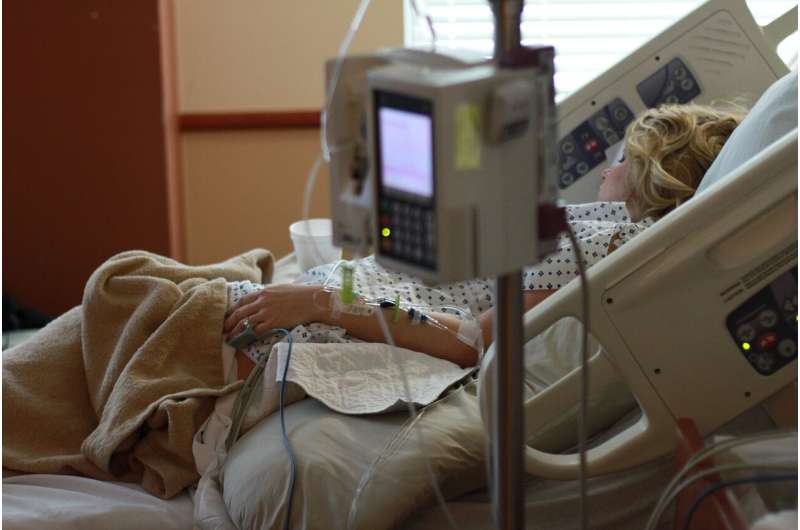
New data suggest that methicillin-resistant Staphylococcus aureus (MRSA) is frequently shed during outpatient healthcare visits, creating the potential for transmission to other patients and healthcare staff. The findings from a six-month, hospital-based observational study appear in the August issue of the American Journal of Infection Control (AJIC), the journal of the Association for Professionals in Infection Control and Epidemiology (APIC), and provide some of the first empirical data regarding the frequency of and risk factors for MRSA contamination outside hospital rooms.
“The proportion of patient care delivered in outpatient settings has risen dramatically in recent years and hospitalized patients often leave their rooms for various procedures, but there is limited data on the shedding of highly transmissible pathogens such as MRSA in these settings,” said Curtis Donskey, M.D., hospital epidemiologist, Louis Stokes Cleveland VA Medical Center, and the paper’s lead author. “Given the growing problems associated with healthcare-associated infections and multidrug-resistant organisms, it is critical to understand whether sites outside of patient rooms are an underappreciated source of transmission.”
MRSA and multidrug-resistant gram-negative bacilli (MDR-GNB) can be transmitted from person to person in healthcare facilities and are common causes of infections in inpatient and outpatient settings. Multidrug-resistant gram-negative bacilli are problematic because there are very few antimicrobial drugs to treat them, which can be very dangerous for patients. While many studies have evaluated the pathogen contamination and transmission that occur in patient rooms, the study published today in AJIC is among just a few that have evaluated shedding of MRSA and MDR-GNB outside of the hospital room setting.
The six-month observational study conducted at Louis Stokes Cleveland VA Medical Center involved a total of 50 hospitalized or recently discharged patients infected with MRSA (n=39) or MDR-GNB (n=11). Researchers cleaned and disinfected all surfaces and equipment prior to outpatient visits and inpatient appointments outside of patient hospital rooms, and then sampled a standardized group of these surfaces immediately following the appointments to determine whether they were contaminated with MRSA or MDR-GNB.
Findings suggest that significant MRSA shedding occurred during patient visits and appointments, with 15 of the 39 MRSA carriers (38.5%) shedding MRSA to the environment during one or more procedures. This compared to zero instances of shedding among MDR-GNB infected patients (0%, p=.02).
Overall, environmental shedding of MRSA occurred during 45% of the 53 total appointments outside hospital rooms and in outpatient settings. Among the 24 MRSA-infected inpatients specifically, 38 total appointments outside of hospital rooms resulted in 17 instances (44.7%) of environmental MRSA contamination.
After analyzing risk factors that could be associated with the environmental shedding of MRSA, researchers found that the presence of a wound that was culture-positive for MRSA was the only factor significantly associated with shedding. Eleven of 15 (73.3%) MRSA-infected patients with culture-positive wounds shed bacteria during appointments versus only 4 of 24 (16.7%) with no culture-positive wounds (p=.008).
Source: Read Full Article
